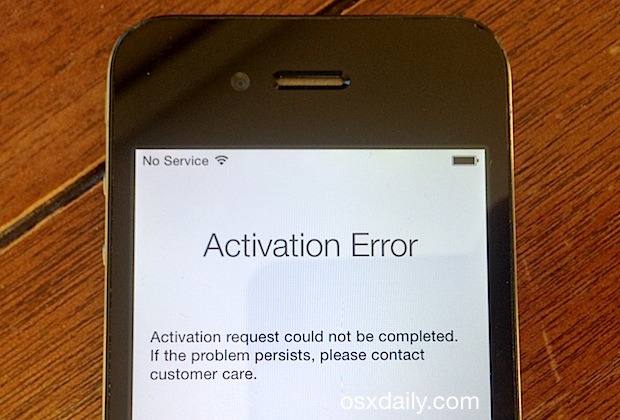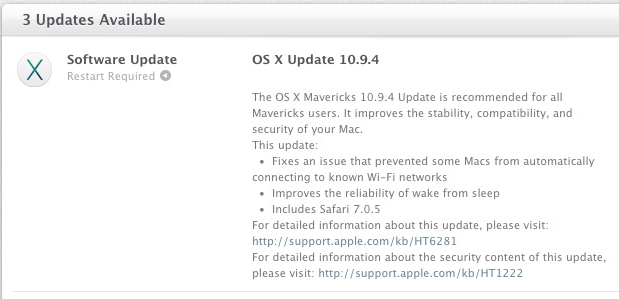Get Stock Market Details from Siri on iPhone, iPad, iPod touch
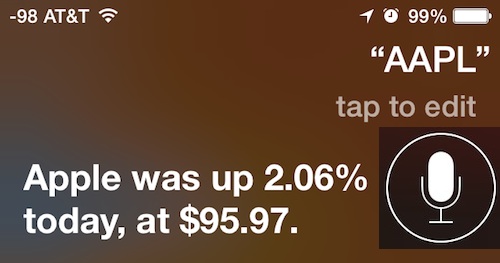
You may already know that you can add stock ticker symbols to the Notification Center on the iPhone, but if you don’t feel like tapping around, another option is to retrieve information on markets and equities through Siri. That also means you can get detailed stock market data on prices, highs and lows, dividends, and more, not only an iPhone, as is the case with the notifications option, but also on an iPad or iPod touch.

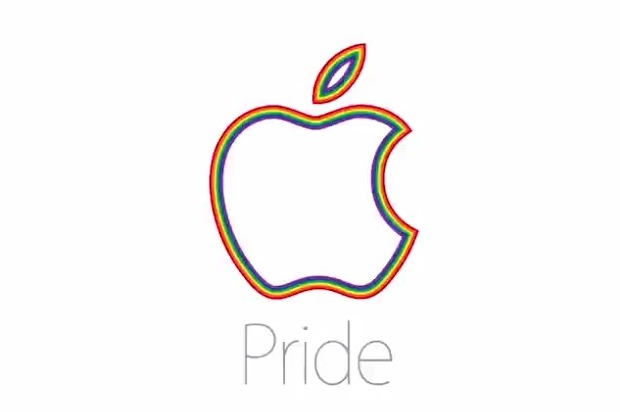
 OS X Yosemite Developer Preview 3 has been released by Apple to all developers running current beta builds of OS X Yosemite, the next major version of Mac OS. The new build number of OS X 10.10 beta is versioned as 14A283o and will run on all compatible Macs.
OS X Yosemite Developer Preview 3 has been released by Apple to all developers running current beta builds of OS X Yosemite, the next major version of Mac OS. The new build number of OS X 10.10 beta is versioned as 14A283o and will run on all compatible Macs. 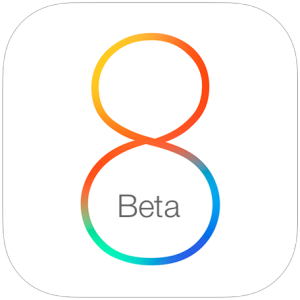 Apple has released the third beta release of iOS 8 to those registered with the iOS Developer Program. All
Apple has released the third beta release of iOS 8 to those registered with the iOS Developer Program. All 

 Most iPhone users spend a lot of time typing in Messages, the text messaging app native to iOS that sends iMessages between yourself and others. While the basic functionality is pretty straightforward, what’s perhaps a little less obvious is how to enter onto a new line when typing an iMessage without actually sending the message, or creating a line break, again without sending the message yet. The answer to this is right in front of us on the iOS Keyboard: the Return key.
Most iPhone users spend a lot of time typing in Messages, the text messaging app native to iOS that sends iMessages between yourself and others. While the basic functionality is pretty straightforward, what’s perhaps a little less obvious is how to enter onto a new line when typing an iMessage without actually sending the message, or creating a line break, again without sending the message yet. The answer to this is right in front of us on the iOS Keyboard: the Return key. 



